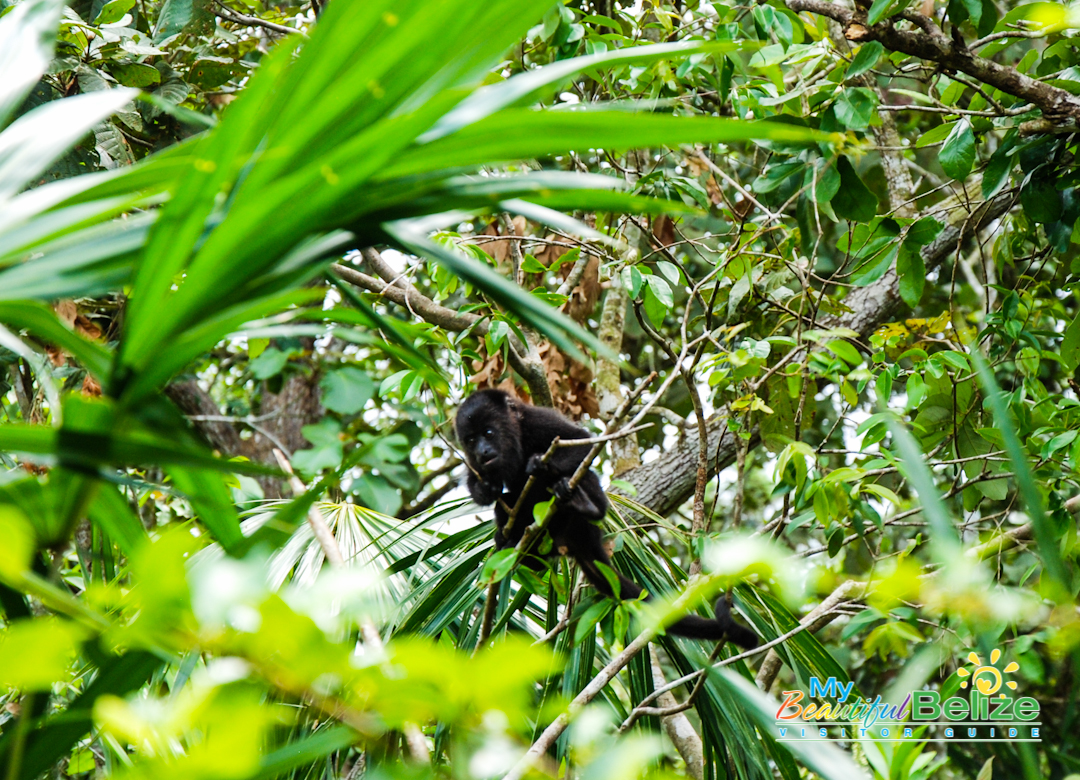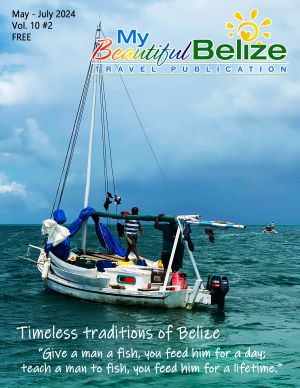Submitted by Zoe Walker – Wildtracks Belize
However we look at it, primates – the Yucatan black howler monkey and the Central American spider monkey, are coming under increasing pressure in Belize. Both considered globally endangered, their main threat is from agricultural expansion – with hundreds of acres disappearing under bulldozers each year. In 1980, 74.4% of Belize’s land territory had forest cover…in 2015, this had fallen to 59.9%, and the rate of decline continues. The 14.5% that has been lost used to be full of wildlife – toucans, parrots, tapir, peccary and, of course, monkeys. So where does this wildlife go? Often, it dies as the trees come down – it has nowhere to go.

Are we in danger of losing our monkeys? Belize is in the enviable position of being wildlife-rich. We are used to hearing howler monkeys calling, and seeing toucans and parrots flying overhead – and it makes us complacent. Looking at the level of forest clearance, we know that this is having an impact on our monkey populations. We know that there have been media reports in Mexico that spider monkey populations have declined by 90% as a result of forest clearance, pushing the global status of this species closer to critically endangered. We know that both howler and spider monkeys are being taken for the pet trade, and for each that is sold, other members of the troop are shot and killed. We know that more howler monkeys are straying into communities in areas of high forest clearance as they have no forest left to go to. We also know, however, that howler monkey populations are recovering after Hurricane Iris, and spreading across the southern coastal plain in Toledo, and that a new population has been successfully established from rescued illegal pets in the Fireburn area of the newly established North East Corridor that links the protected area of Shipstern with Freshwater Creek Forest Reserve.

Belize’s National Biodiversity Strategy and Action Plan, approved by Government in 2016, has as one of its targets (Target C3) that between 206 and 2030, no species will become functionally extinct in Belize. We are working to ensure that we meet this target. Using citizen science, we are starting to map primate distributions across Belize, asking people how populations are doing in their area, and to send reports and photos in to the Primate Watch Belize Facebook Group, linked to the Wildtracks page, to build a picture of what is happening in Belize. This will be combined with community surveys and protected area data to provide a much better picture of how our monkeys are doing in Belize, and what steps we can take to ensure that they continue to live in Belize’s forests in the future.

Join us! Make a difference for the conservation of these species in the long term! Add your sightings (species, location number in troop, adults / young), photos and comments online at Facebook.


